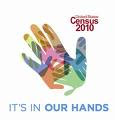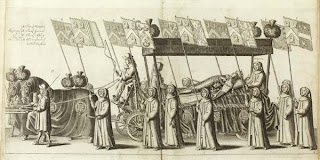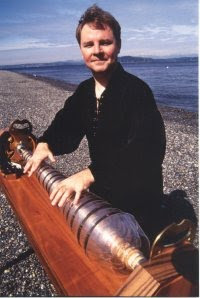
A very big, fat book entitled "Architectural Excellence - 500 Iconic Buildings" appeared on the "new book" rack at the Corona Public Library last week and one peek inside was enough to cause me to lug it up to the circulation desk and take it home with me. It is fascinating, and I can already tell that two weeks isn't going to be nearly long enough to sort through it the way I want to.
The blurb on the inside cover says, "Architectural Excellence presents 500 iconic buildings from around the world that represent distinction in architectural design and significance to human history, through five millenia, in all cultures and on all continents....This comprehensive volume covers architectural styles throughout history, from Neolithic and Ancient Egyptian to High Tech and Eclectic Modern, and features works by the greatest architects - both known and lesser known - from our own times and from centuries past."
The first section concerns itself with the Ancient World to 500 CE. And what stunned me when I opened the book was that in the first section was a picture of Uchisar in Cappadoccia, Turkey, which is pictured above with Jerry and me standing in front of it. Now granted the rock itself is not architecture, but the substance of that outcropping is from "tufa," consolidated volcanic ash that over the millenia has been eroded by centuries of winds and rains. "Civilizations from the ancient to the medieval constantly wrestled for control. It was in the folds of these lunar dunes that the early Christians took refuge from a persecuting Roman war machine, and where a stand was made against the tides of Arab invaders encroaching upon Byzantine territory." They were able to carve living accomodations deep inside the tufa, where a good defense could be made.
When Jerry and I stood in front of Uchisar to have our picture taken, we knew its history, but it wasn't until I opened this book and saw its features as the very earliest structure of note that I got the full impact of what we had seen. (Now I have to tell you right here that we also got to stand on top of it, but I hasten to acknowledge that we did it from the back side, which is a plateau that enabled us to take merely a few steps up a walkway to appear at the top!)
As I turned to the second page, I saw Stonehenge, which we had visited in a month-long trip to England in 1985. Page Three was the Sphinx and Page Four was the Great Pyramid of Khufu. Page Five was the Temple at Karnak. The latter three we had seen when we were in Egypt in 1980.
As I went through the book page by page, I kept finding places where we had been. And I was really surprised. We are not world travelers. We have not been to Canada or China or Germany or Italy or Scotland or Australia, Samoa or Japan or so many other places. But we did take a tour to Egypt and Israel in 1980, a trip to England in 1985, and then we lived in Turkey (and never left the country) for two years in the early 1990s. By the time I thumbed through the book and got to the Medieval section, I already had come upon 15 structures or buildings that we had seen in the few travels we made. And of course I am not even mentioning all the things we saw in England during that month we were there - Westminster Abbey, Winchester Cathedral, Wren's Royal Crescent, the Roman baths at Bath and so forth that are pictured in this book.
All this reminds me of what a lucky person I have been. There is a church in Germany pictured in this book that I would dearly love to see before I die but I have truly seen enough to last me a lifetime. This book seemed to lay out before my eyes and my brain the magnitude of what I have been able to see in the last 30 years. Having this book at my fingertips truly brings it all back.









































